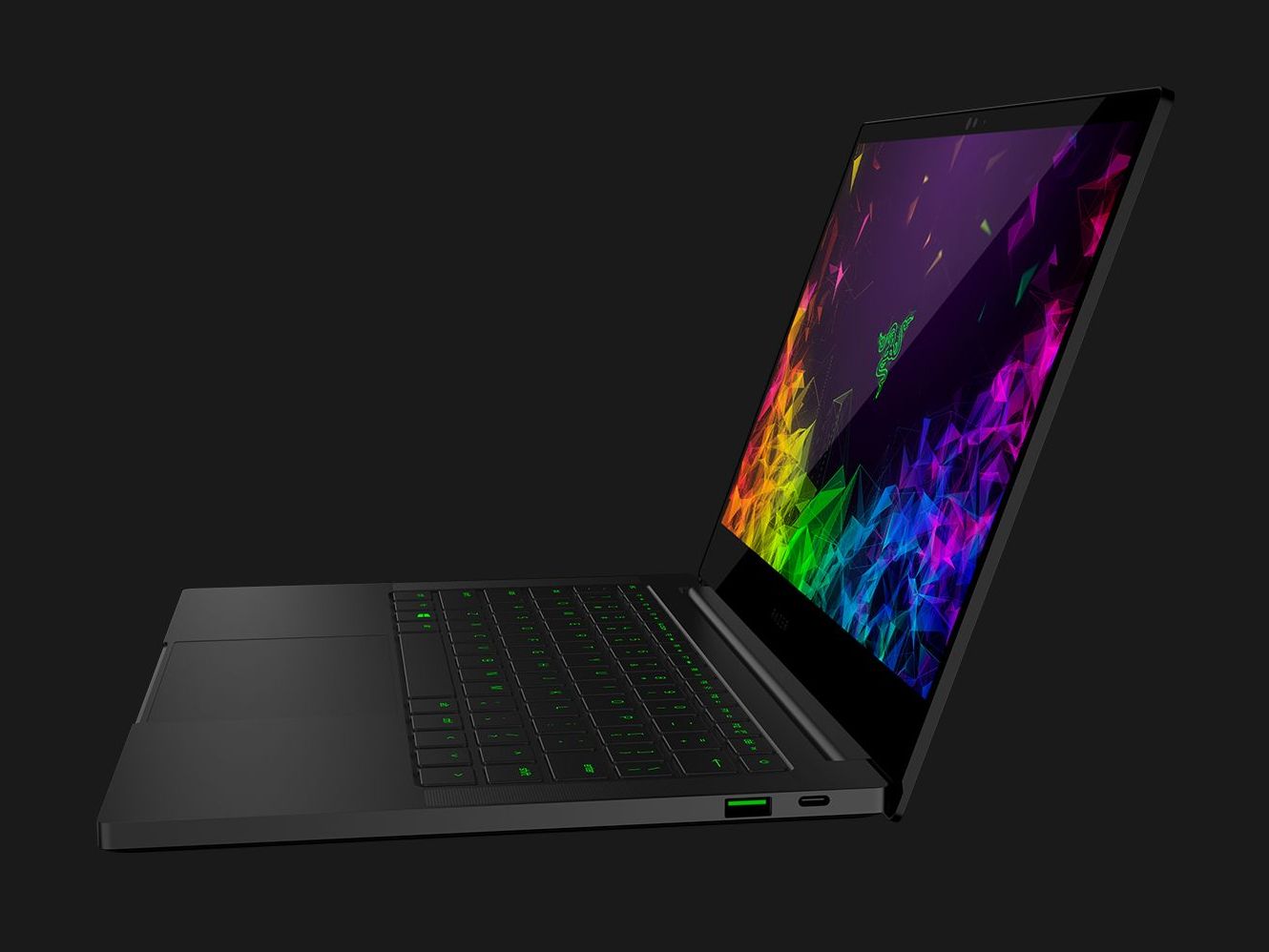This article or section needs language, wiki syntax or style improvements. See Help:Style for reference.
The Razer Blade 15 Advanced is a great workstation, especially if you plan to use with Linux. This review focuses on how the Razer Blade performs with Linux and how to configure Optimus and Co. To work flawless with Arch Linux. I am attempting to set up dual-boot Ubuntu on my 2016 Blade 14' (just arrived yesterday). I am booting off a USB stick. It makes it past GRUB into the Ubuntu boot process, and then hangs. The Razer Blade 15 is equipped with advanced connectivity to accommodate a wide range of devices. Featuring Wi-Fi 6 (802.11ax), Bluetooth ® 5.1, Thunderbolt™ 3, and plenty of ports for external displays and peripherals. The Advanced Model supports USB-C Charging with 20V adapters, a UHS-III SD Card Reader, and Windows Hello IR Camera.
There are currently no official drivers for any Razer peripherals in Linux. However, Michael Buesch has created a tool called razercfg to configure Razer mice under Linux. There also exist scripts to enable macro keys of Razer keyboards.
Another package, openrazer-metaAUR can be used to enable Razer support along with polychromaticAUR or razergenieAUR for GUI configuration. Supported devices are listed at https://openrazer.github.io/#devices.
razercfg
Compatibility
razercfg lists the following mice models as stable:
- Razer DeathAdder 2013
- Razer DeathAdder 3500 DPI
- Razer DeathAdder Black Edition
- Razer DeathAdder Chroma
- Razer DeathAdder Classic
- Razer Krait
- Razer Naga 2012
- Razer Naga 2014
- Razer Naga Classic
- Razer Naga Hex
- Razer Taipan
And the following as stable but missing minor features:
- Razer Boomslang CE
- Razer Copperhead
- Razer Lachesis
Installation
Download and install razercfg or razercfg-gitAUR for bleeding edge git releases from the AUR.
You also need to edit your /etc/X11/xorg.conf file to disable the current mouse settings by commenting them out as in the following example, where also some defaults are set as suggested by the author:
It is important to only have Mouse and not Mouse# listed in xorg.conf.
The factual accuracy of this article or section is disputed.
Restart the computer, then enter:
Then start the razerd daemon and possibly enable it.
Using the Razer Configuration Tool
The factual accuracy of this article or section is disputed.
There are two commands you can use, one for the command line tool razercfg or the Qt-based GUI tool qrazercfg.
From the tool you can use the 5 profiles, change the DPI, change mouse frequency, enable and disable the scroll and logo lights and configure the buttons.
If the colors reset on reboot edit the config file directly and test with another reboot:

'static' can probably be changed to spectrum or breathing, and mode/color lines can be removed if led is set to 'off'.
OpenRazer
Compatibility
A list of compatible devices can be found here.
Installation
Install the openrazer-metaAUR package. Don't forget to add your current user to the group plugdev with the command sudo gpasswd -a $USER plugdev and logging out and back in.
How to use
The recommended way is to use a graphical front-end for interfacing with the drivers.

- polychromaticAUR: A WebKit-based front-end featuring profiles
- razergenieAUR: A Qt-based front-end
- razercommanderAUR: A GTK-based front-end
Troubleshooting
Visit the Troubleshooting page in the OpenRazer wiki.
Razer keyboards
There are currently two Python scripts available to enable the extra M1 - M5 macro keys, that certain Razers have, under Linux:Note that this does not allow to assign any content to Macro keys, it merely will enable the sending of keycodes. For Razers without M1 -M5 extra keys there is no point using this tool.
Razer Blade Linux Fan Control
Blackwidow Control
Features
- confirmed to work with regular BlackWidow, BlackWidow 2013 and BlackWidow Ultimate Stealth 2014
- should also work with BlackWidow Ultimate, BlackWidow Ultimate 2013 and BlackWidow 2014
- does not work with BlackWidow (Ultimate) 2016 yet
- uses Python 3
- allows to control the status of the LED
- contains a file with udev rule so macro keys will be enabled automatically when the keyboard is plugged in
How to Use

Install it from AUR blackwidowcontrolAURAfter install run as root
Then use the shortcut utility of your Desktop Enviroment to map the keys, i.e. to actually use the macro keys for something useful. For example, the 'KDE global shortcuts' GUI (find it in system settings) can assign macros to a key on any keyboard, not just Razers.
Blackwidow macro scripts
Features
- Works with BlackWidow Ultimate and Stealth 2013 (unknown whether it works with other versions or keyboard models)
- adding the '021e' ID for Ornata Chroma makes the Game-mode feature (white 'G' LED) work on Ornata Chroma as well.
- Uses Python 2
- Bundles scripts to create and execute macros
Razer Blade Advanced Linux
Troubleshooting
Mouse randomly stops working
If your razer mouse stops working after some time, however, led flashes or lights up, but reboot and re-plugging does not help, try the following commands.
Unload ehci_pci and ehci_hcd modules:
Razer Blade Linux 2019
Disconnect the mouse, wait a few seconds and run the following commands to load modules back:
Connect the mouse and it should be working.
Razer Blade Linux Mint
